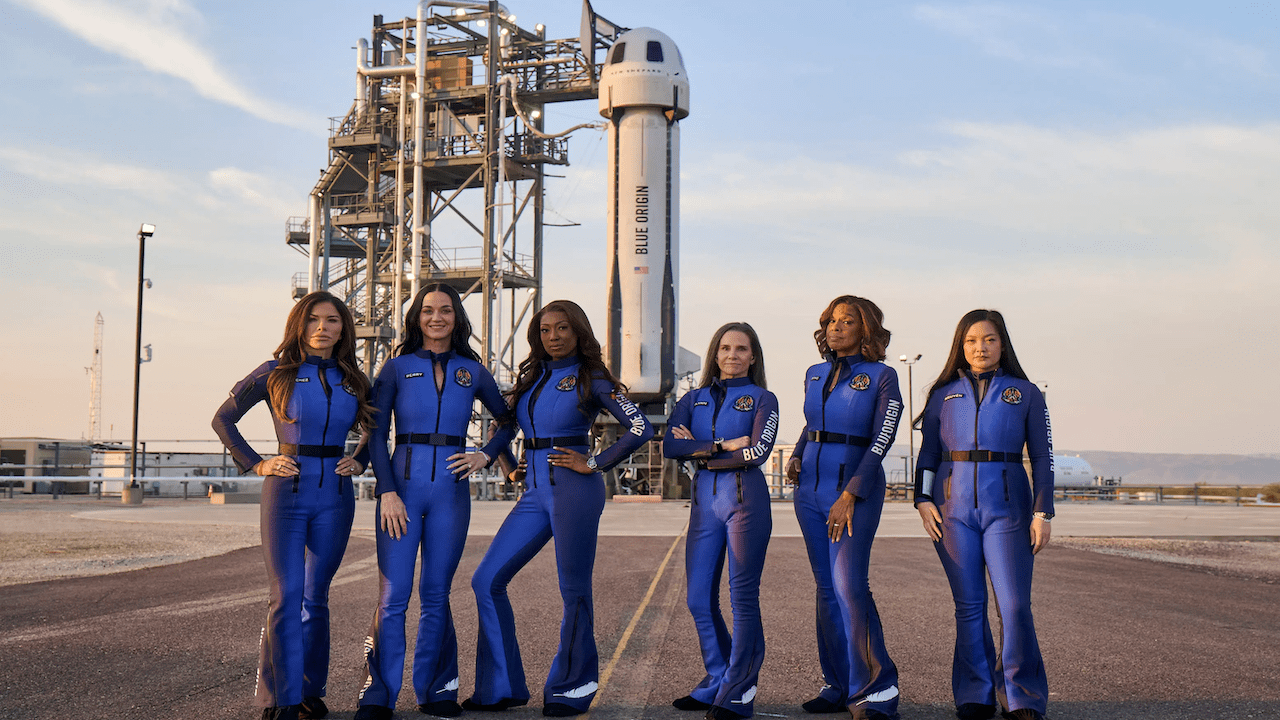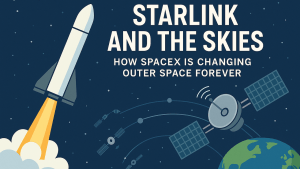Passengers or Astronauts?
Comparing the April 14th Mission to NASA’s Historic Spaceflights
On April 14, 2025, Blue Origin launched another suborbital flight of its New Shepard spacecraft, continuing its push toward space tourism. With six civilian passengers aboard – including celebrities and entrepreneurs – the mission drew wide public attention. However, these ‘rides’ are extremely expensive, and kinda of gimmicky. Also, many space fans and professionals alike are asking: how does this compare to traditional NASA missions? And more provocatively, are these passengers truly “astronauts”? Is this just an attraction for the super rich, or does it have potential to bring space travel or everyone? Let’s break it down.
🚀 Mission Overview: Blue Origin NS-26 (April 14, 2025)
- Vehicle: New Shepard (suborbital)
- Altitude: ~105 km (just past the Kármán Line)
- Duration: ~11 minutes
- Crew: 6 civilians
- Mission Goal: Suborbital flight experience with a few minutes of weightlessness and Earth viewing
While this is exciting, it is a very brief flight – no orbit, no science experiments, no manual controls. Since these trips are fully automated, and have no trained pilots or navigators, they seem more like rides at Disneyland than Space Flights.
🧑🚀 How It Compares: Past NASA Missions
NASA missions – especially the Mercury, Gemini, Apollo, Space Shuttle, and ISS programs – differ greatly in complexity, duration, and intent. Consider the NASA Apollo 11 mission, for instance. The flights were Lunar orbital + landing flights that had an altitudes of over 384,400 km. Many Apollo missions saw the crew of Trained NASA astronauts stay in space for 8 days or more! Their goal was to study Lunar science, and landing on the moon.
NASA astronauts train for years, operate complex systems, and often face life-threatening emergencies. Their missions help advance science and global cooperation.
🧾 The Debate: Passengers or Astronauts
Now, the big question: Is the Title “Astronaut” Earned? The term astronaut traditionally refers to someone professionally trained to command, pilot, or serve as a crew member of a spacecraft. But in recent years, with companies like Blue Origin and Virgin Galactic offering suborbital flights, the title is being stretched.
Arguments for calling them astronauts:
- They crossed the Kármán Line (100 km), recognized by many as the edge of space.
- They underwent preflight training and survived reentry, albeit automatically.
Arguments against:
- No piloting, mission control, or scientific responsibility.
- Flights are brief, and some argue they’re more akin to space-themed roller coasters.
In 2021, the FAA created the Commercial Space Astronaut Wings program, awarding “astronaut” status to some commercial fliers. But it was discontinued in 2022, further muddying the waters.
✍️ Verdict: Space Tourists, Not Astronauts?
Unless Blue Origin changes the mission scope to involve hands-on piloting, science, or extended duration, most experts agree: passengers are space tourists, not astronauts. But maybe that’s okay. The more people experience space – even briefly – the more global excitement and support for space exploration can grow. And as technology and science evolve, it seems that the growth will just keep accelerating. And isn’t that a good thing?
🌌 Final Thoughts
- So, Blue Origin’s April 14 flight was brief, automated, and thrilling—but not comparable in depth or risk to NASA’s historic missions.
- Also, Calling passengers “astronauts” may feel generous. “Space tourists” or “commercial spaceflight participants” is likely more accurate.
As access to space expands, we’ll need new language to describe these different tiers of space travel. But whether astronaut or tourist, every new mission helps inch humanity closer to the stars. Want more space comparisons and commentary? Follow me for techy fun, and comment what you think below.





Hi! Cool post!